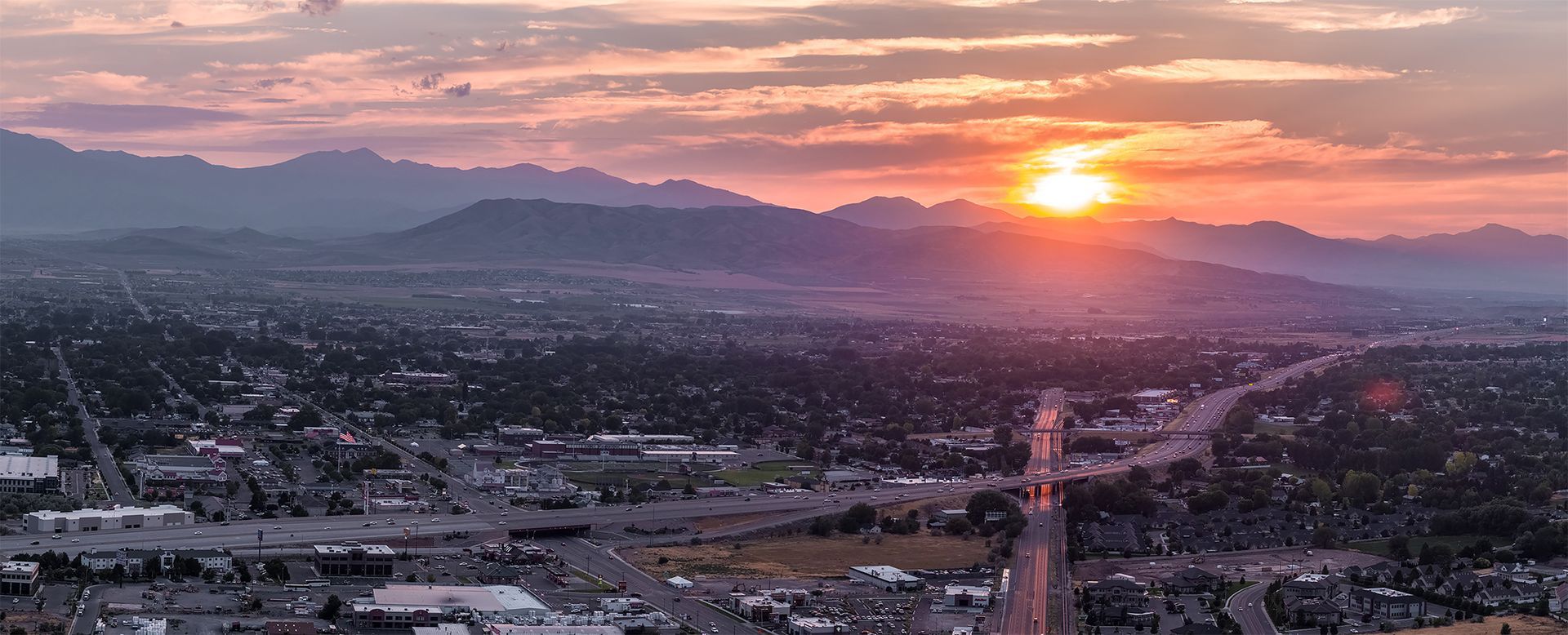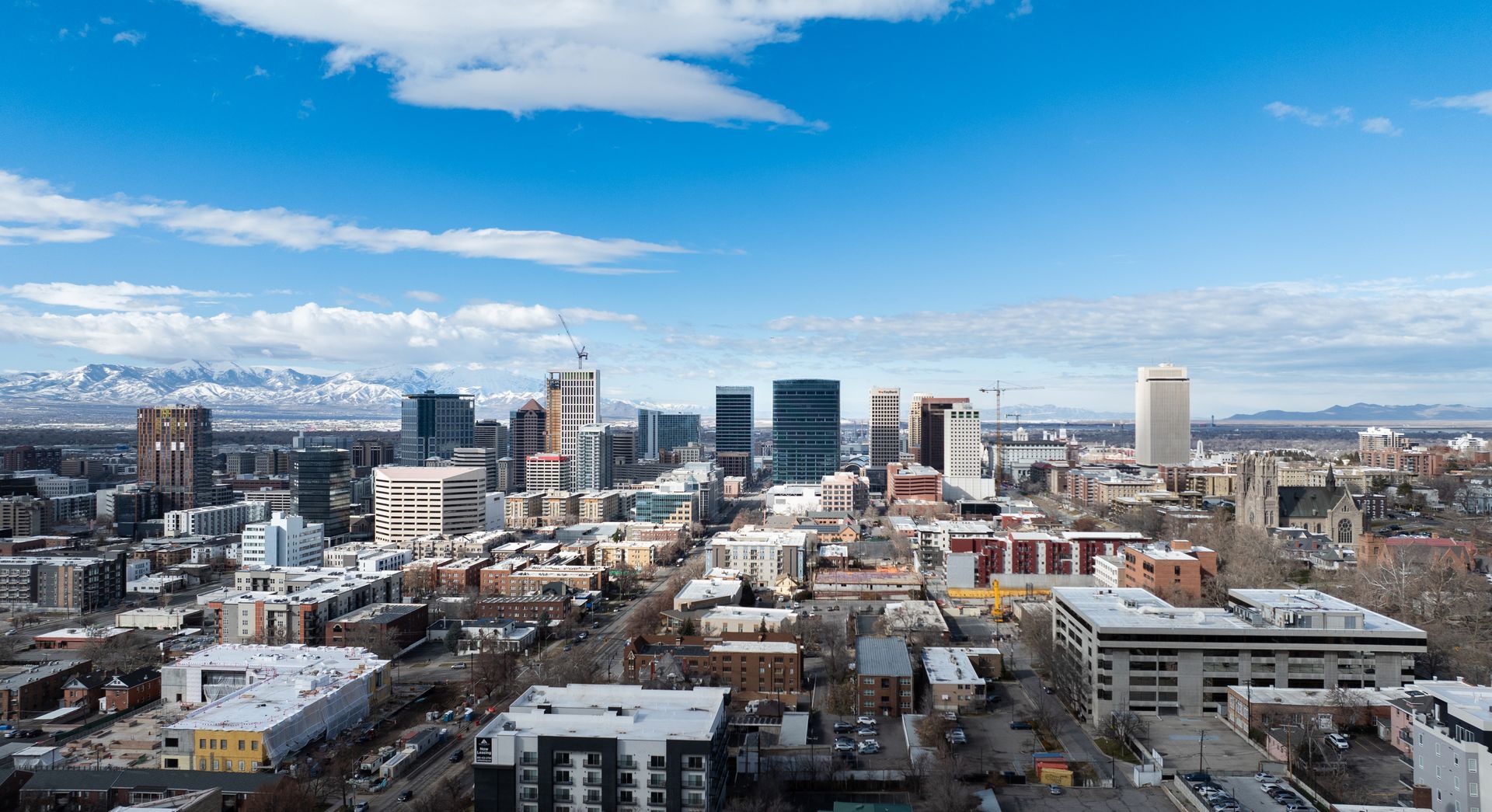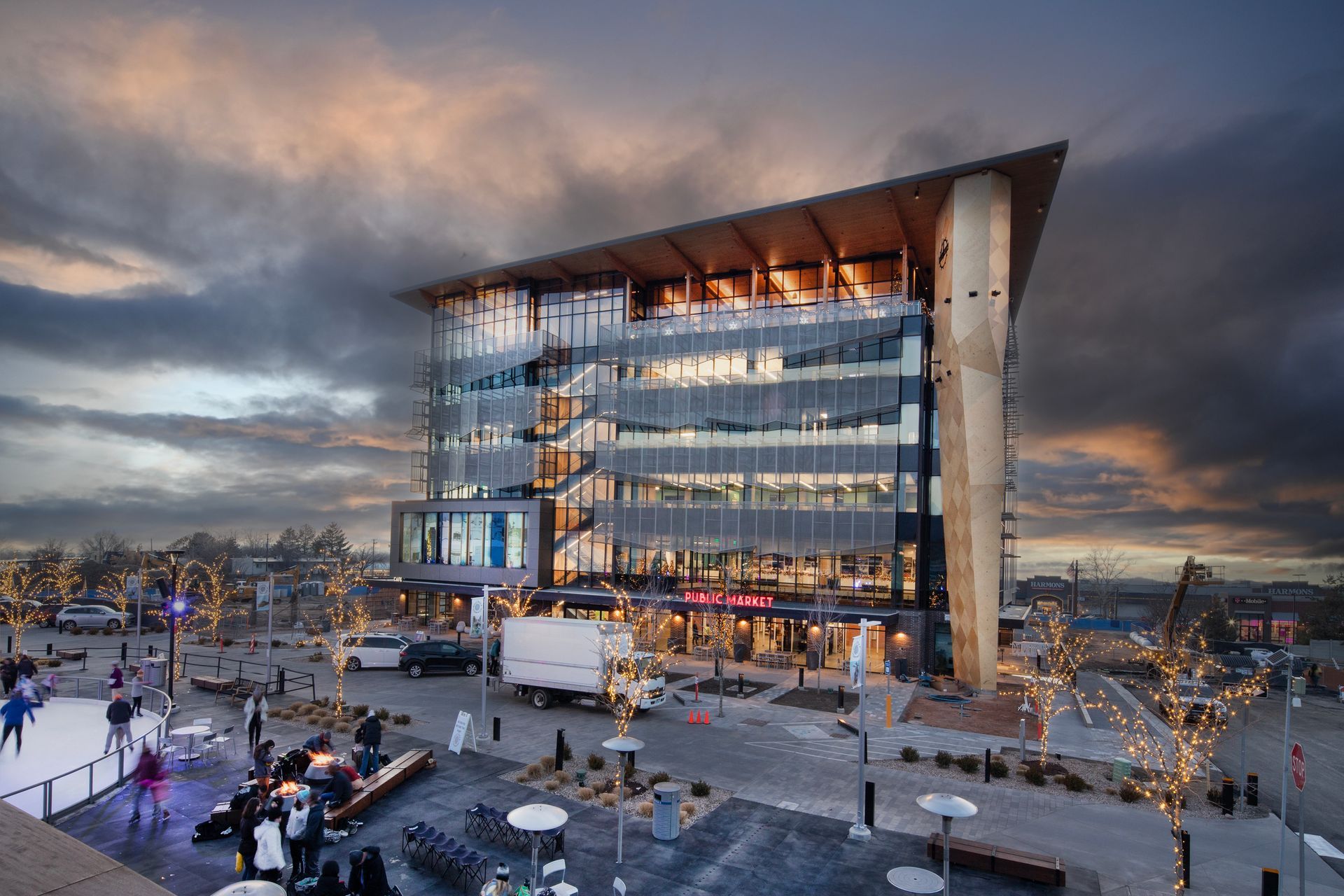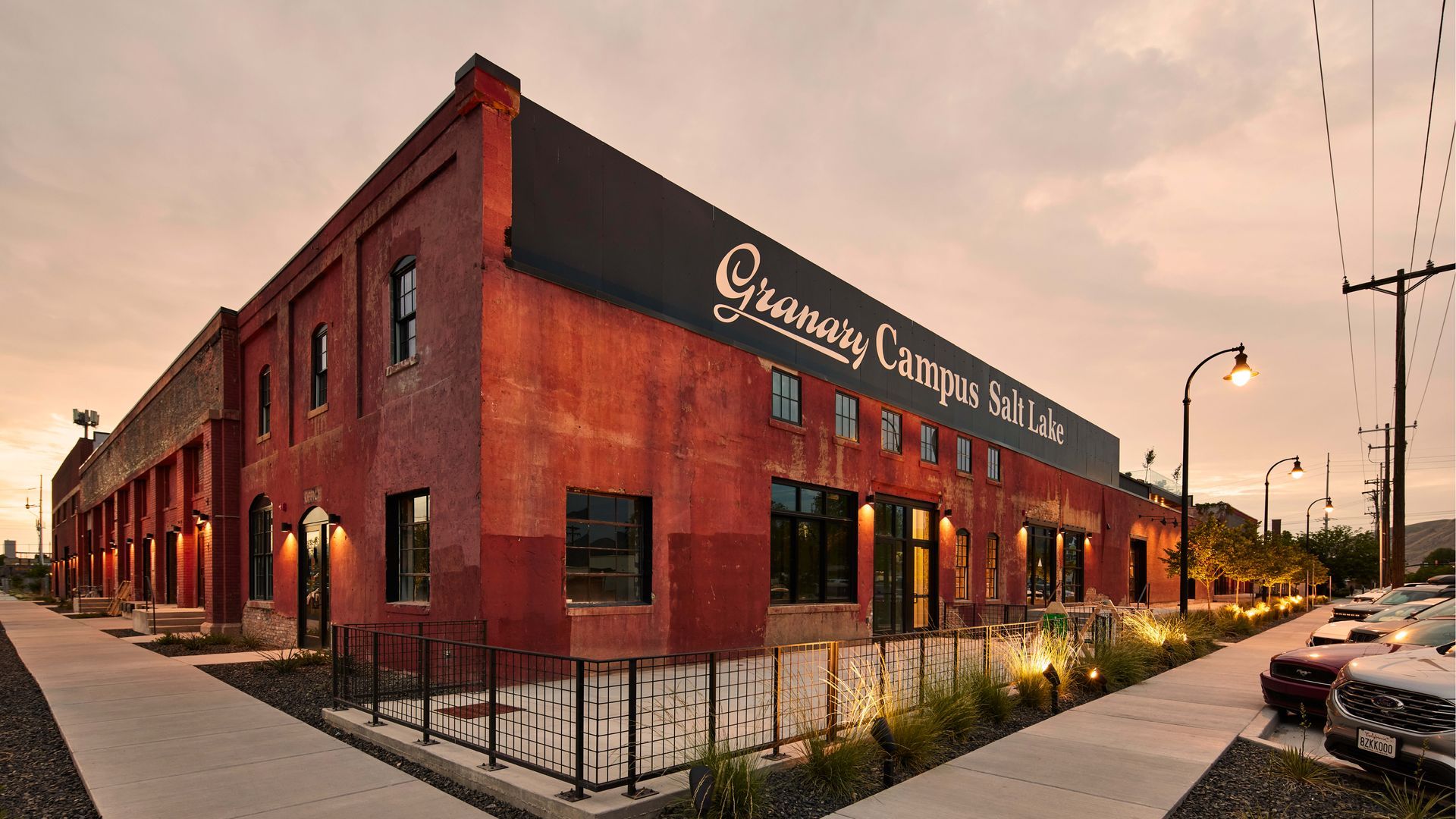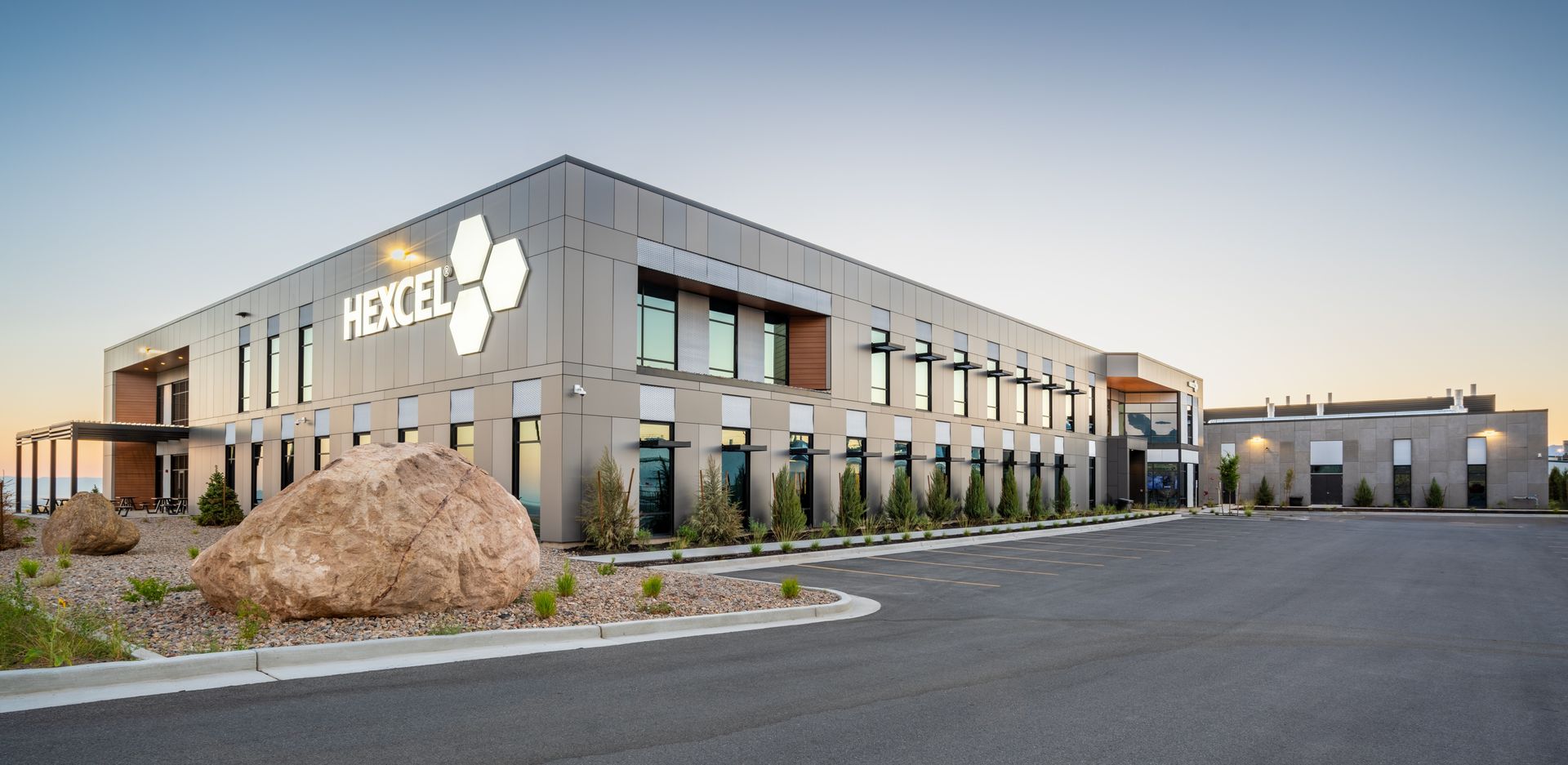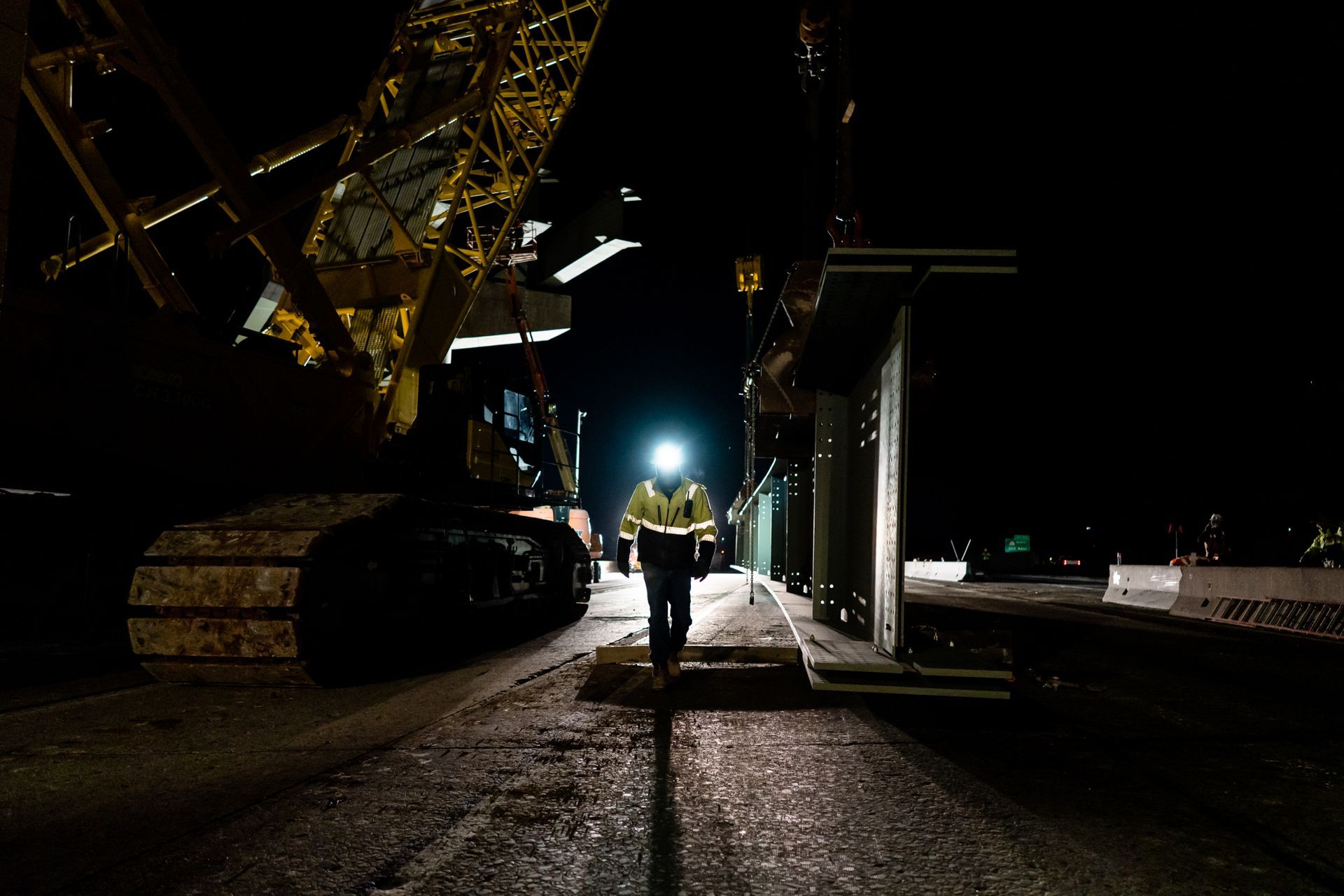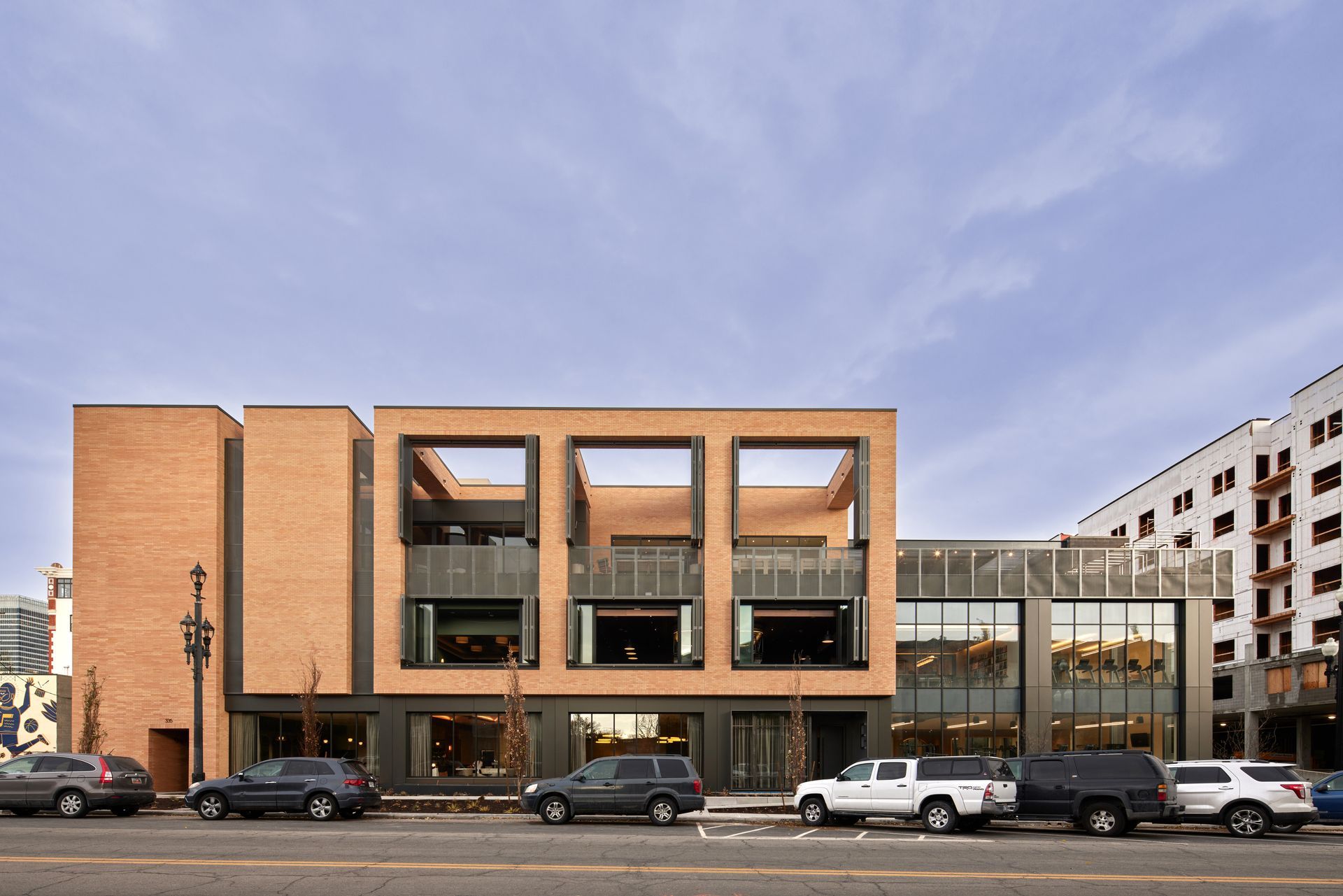Utah’s A/E/C Industry Flush with Young Talent. UC&Dcatches up with five still-rising stars in our annual feature of young, talented leaders working in design and economic development.
Utah’s A/E/C industry continues to churn out dozens of young, talented professionals and it’s always a privilege for us at UC&D to publish an annual section spotlighting these rising stars. This year we’re profiling five individuals with diverse backgrounds, each of whom fills a significant role for their respective firms.
Our list includes:
— Theresa Foxley, President/CEO of EDCUtah, a Salt Lake-based organization dedicated to helping communities with economic growth and job expansion.
— Eric Dunn, Director of Business Development for West Valley City-based CMT Technical Services, a nearly 20-year-old firm renowned for its materials testing and special inspection services.
— Preston Croxford, Principal Architect for Archiplex Group, who took over the eight-person firm in May when company founder Ralph Stanislaw semi-retired.
— Ryan Cathey, President/CEO of Salt Lake-based Talisman Civil Consultants, a full-service civil engineering and land surveying firm that was founded in 2016.
— Eman Siddiqui, an Architect with Salt Lake-based GSBS Architects and currently President and Founder of the Utah Chapter of the National Organization of Minority Architects (NOMA), which formed in July.
Theresa Foxley, 39
President/CEO
EDCUtah
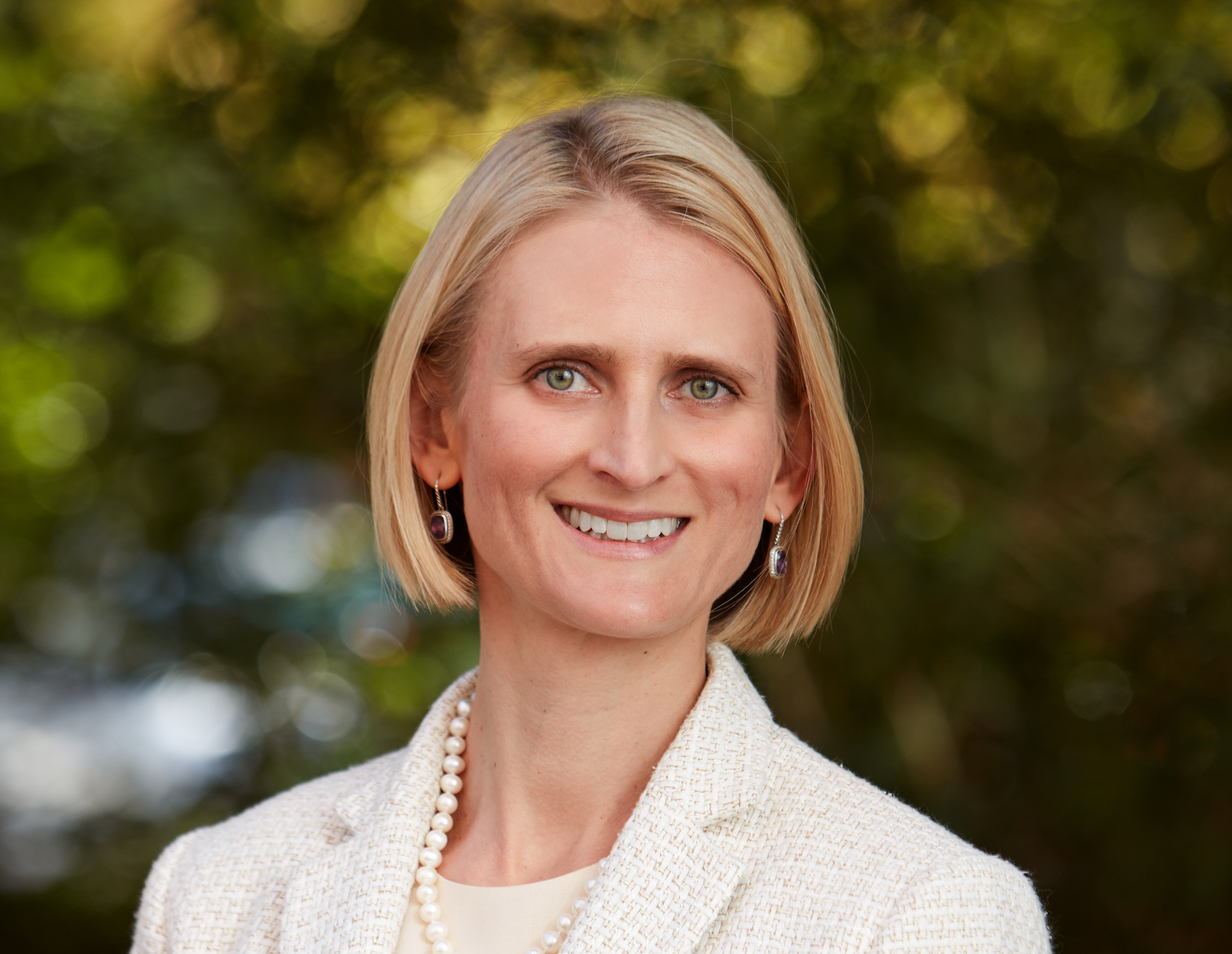
Eric Dunn, 38
Director of Business Development
CMT Technical Services
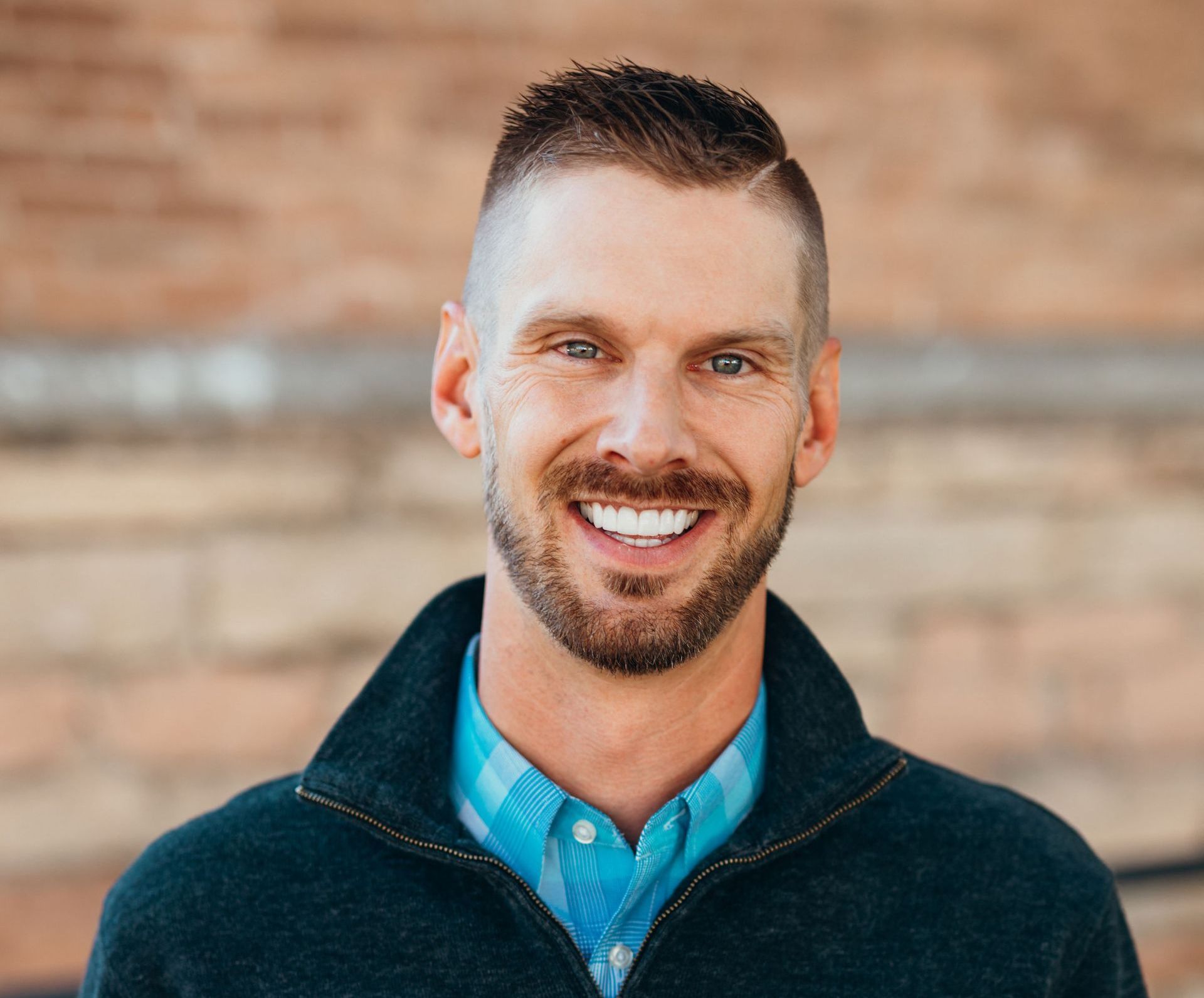
Dunn Blazing a New Trail
After more than eight years helping grow his father’s structural engineering business, Salt Lake-based Dunn Associates, Eric Dunn pivoted at the beginning of 2022 into a new role as Director of Business Development for West Valley City-based CMT Technical Services.
The firm, nearly 20 years old, boasts a presence in 17 cities spanning 5 states and is looking at continued future growth. CMT offers clients an array of civil-based services but is known primarily for its materials testing, QA/QC, and special inspection services. The company also provides geotech, environmental and civil engineering, and construction staking, among other services.
Dunn, 38, was brought aboard to oversee business development company-wide, a challenge he’s readily accepted despite the daunting workload.
“I’m soaking it all in—it’s a firehose of information,” said Dunn. “What was really enticing coming here is that I didn’t burn a single name in my Rolodex; it didn’t disrupt relationships I have in the industry. There are some changes in relationships, but minor. I can now help the same clients—I like to call them my friends—in a dozen different ways. Instead of doing just one thing, on that same building, we can provide a handful of services. We are a multi-service firm covering the due diligence phase for an owner, construction staking for the contractor and the QA/QC again for the owner. We make sure [a project] is built the way they say it’s supposed to be built.”
Dunn has been around the A/E/C industry his entire life. Ron Dunn, Eric’s father, established Dunn Associates in 1995, and it has evolved into one of Utah’s top structural engineering firms. While three of Ron’s five boys pursued engineering degrees (and four of them currently work at Dunn Associates), Dunn took a different route and earned a Construction Management degree from Brigham Young University in 2008. He had initially enrolled at Westminster College (now University) in Salt Lake—he played on the golf team his freshman year—but quickly realized he wasn’t quite good enough to make a living on the links and switched gears.
Upon graduation, he spent three years at SME Steel/Onyx Construction in West Jordan and three and a half years at Sandy-based Layton Construction as a Project Engineer and Assistant Project Manager. He decided to pursue the business development route and joined the family business in June 2013. This decision was key to his personal and career growth, as it gave him the opportunity to network with top executives throughout the industry. His family’s good name helped, but ultimately Dunn thrived because of his tenacity and gregarious personality.
“It opened doors and afforded me an opportunity to earn a seat at the table. I had total support and freedom to pursue projects as I saw fit,” he said. “Having the last name Dunn got my phone calls answered—it carried a bit of weight. I secured some big jobs off cold calls.”
He credits Ron for teaching him “the power of networking and relationships.”
He admits that his passion and prowess for golf have also played a prominent role in his ability to network and learn about new projects on the horizon. Golf, he said, is far superior to lunch or other networking events, in terms of getting to know people beyond superficial levels.
When you go golfing with a current or prospective client, “you spend six hours hip-to-hip; you get to know them—their life, their family, vacation plans. It’s harder to build a relationship in a crowded restaurant.”
“People is what I do,” said Dunn. “When all things are equal, relationships trump everything else. It’s almost cliché, but treat people well, be a decent human being, and you’re in good shape.”
Eman Siddiqui, 34
Architect, GSBS Architects
President and Founder, NOMA Utah
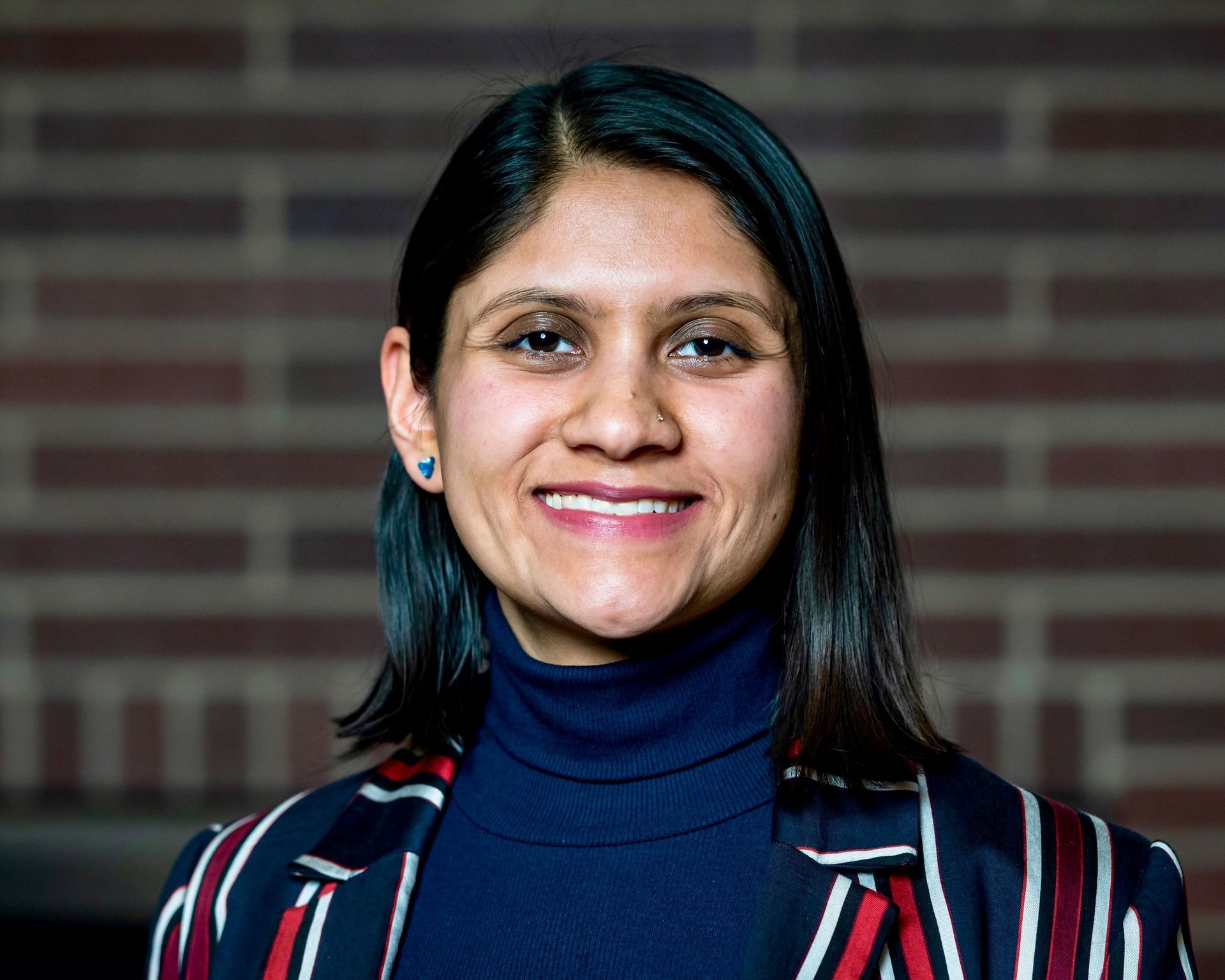
Standing Up and Standing Out
If you’re looking for the voice of equitable architecture, look no further than Eman Siddiqui. A powerhouse architect at GSBS Architects, she has put in the personal equity to go all-in on the profession.
Siddiqui was born in Karachi, Pakistan, and looked out to the Arabian Sea from the 12th largest city in the world, home to nearly 15 million people. When time came for university studies, she booted up the family computer and applied to study overseas at the University of Kansas, a location close to where some of her family was living already. A college visit later solidified it. “I fell in love with the town,” she said of the basketball-crazed Lawrence, Kansas. “I felt at home there.”
When she immigrated to the U.S. at 18, she didn’t know anyone at the university, but “I got involved in student affairs,” she said. Siddiqui worked as a leader in student orientations as she began her architectural studies, merging her love of design with her love of people. She felt it was a big benefit to her work in the university arena and as an architect.
“I worked with deans, parents, students, and chairs of programs across the university,” she recounted of her presentations, where she learned how to effectively communicate to groups as big as 100 people. “[Working in student affairs] was the most fun […] and those connections were very meaningful to me. […] They were excited to have me as an architectural student.”
From her home in Karachi to working in Kansas City, she has loved the energy in big groups of people. “I love being in a crowd,” she said. “I love presenting. […] I feel like I’m at my best and happiest in front of people.”
She spoke of one of her first projects, designing a football stadium for Colorado State University and then going to the first game after the project finished.
“Seeing something I worked on full of thousands of people …” She paused. “It was a big deal for the school, for the community.” And for her.
“That architecture brings people together. As someone new to the profession, it got me so excited for what I was doing,” she said. “I’m designing these spaces for everyone. That’s the real meaning of what I do.”
She’s come up since those early days working in Kansas City after graduating with her Master of Architecture in 2014. She looks back fondly on the stadium project as well as others like designing suites at Churchill Downs, the site of the Kentucky Derby. Amidst all of these projects, the welcoming element of hospitality has stood out to her—specifically a hospitality to the end users of a project.
“There is a huge hospitality component because you are designing for the spectator’s or patron’s experience,” she said of projects like Teton Village in Wyoming and Big Sky in Montana that she has worked on since moving to the Beehive State in 2018.
One specific project helped her to see how inclusive design is where true equity can take place. “For the Teton Village project, we worked with an accessibility consultant who helped us look beyond code minimums,” she began. “I traveled with my parents this summer and became very aware of how, even when we meet code, sometimes our designs still create hardships for older people, for example."
Even though there is a disconnect, Siddiqui said, it is a solvable one. In order to speak to clients from different realms and various walks of life, she encouraged architecture students to get involved on campus outside of architecture school. “This will polish your interpersonal skills and teach you to understand and connect with clients who come from all walks of life.”
This attitude of welcoming and communicating with diversity has pushed Siddiqui into leadership roles within architecture, principally as the President of the Utah chapter of the National Organization of Minority Architects (NOMA)—an organization that seeks justice and equity in architecture. She is one of founders of the local chapter and was the driving force bringing the organization to the state.
This lack of diversity of not just race or gender in architecture, but perspective, is something that Siddiqui has seen since her university days in Kansas. “Our architecture history book had maybe two or three pages to showcase the architecture of Asia and Africa,” she said. “There were four women we learned about [in school]; two of them were almost exclusively talked about in conjunction with their male partners.”
Changing the status quo is a huge passion for Siddiqui. In a presentation during the September AIA Utah Conference, she and her NOMA colleagues outlined what helps minority architects to thrive. Ideas included paid parental leave, flexible days off to observe other holidays, increased pay transparency, and clear career trajectories and benchmarks for advancement.
Siddiqui said that there needs to be “intentionality and consciousness” in both feelings and actions from leaders and companies to help architects like her to succeed in the Beehive State and beyond. It is a challenge, she said, but progress is being made.
“Diversity is not just about having more black or brown people in the office,” said Siddiqui. She explained how healthy diversity that comes from people of different backgrounds, ages, abilities, cultural identities, and more helps to bring in the benefits of true diversity.
It can be a battle to belong in architecture, she explained, and sometimes that battle is internal. She remembered a time when she was nominated for a leadership award. “I remember telling them, ‘Maybe we wait until next year when I have more to show for it.’” As soon as those words left her mouth, she realized she didn’t need to wait until she had done “enough” to “merit” an award—she was worthy of that recognition now.
“I’ve worked so hard for this,” she stated. No need to listen to the messaging that many, especially minorities, tend to hear—it needs to be perfect. It may take time to build up the sense of belonging, that she and others from different backgrounds deserve to be at the table based on merit, but to Siddiqui, it’s worth the effort. Listening to her speak to the positive effects of diversity and the awesome benefits of architecture, Siddiqui is at the forefront, challenging the industry to reach its full potential.
Preston Croxford, 40
Principal Architect
Archiplex Group
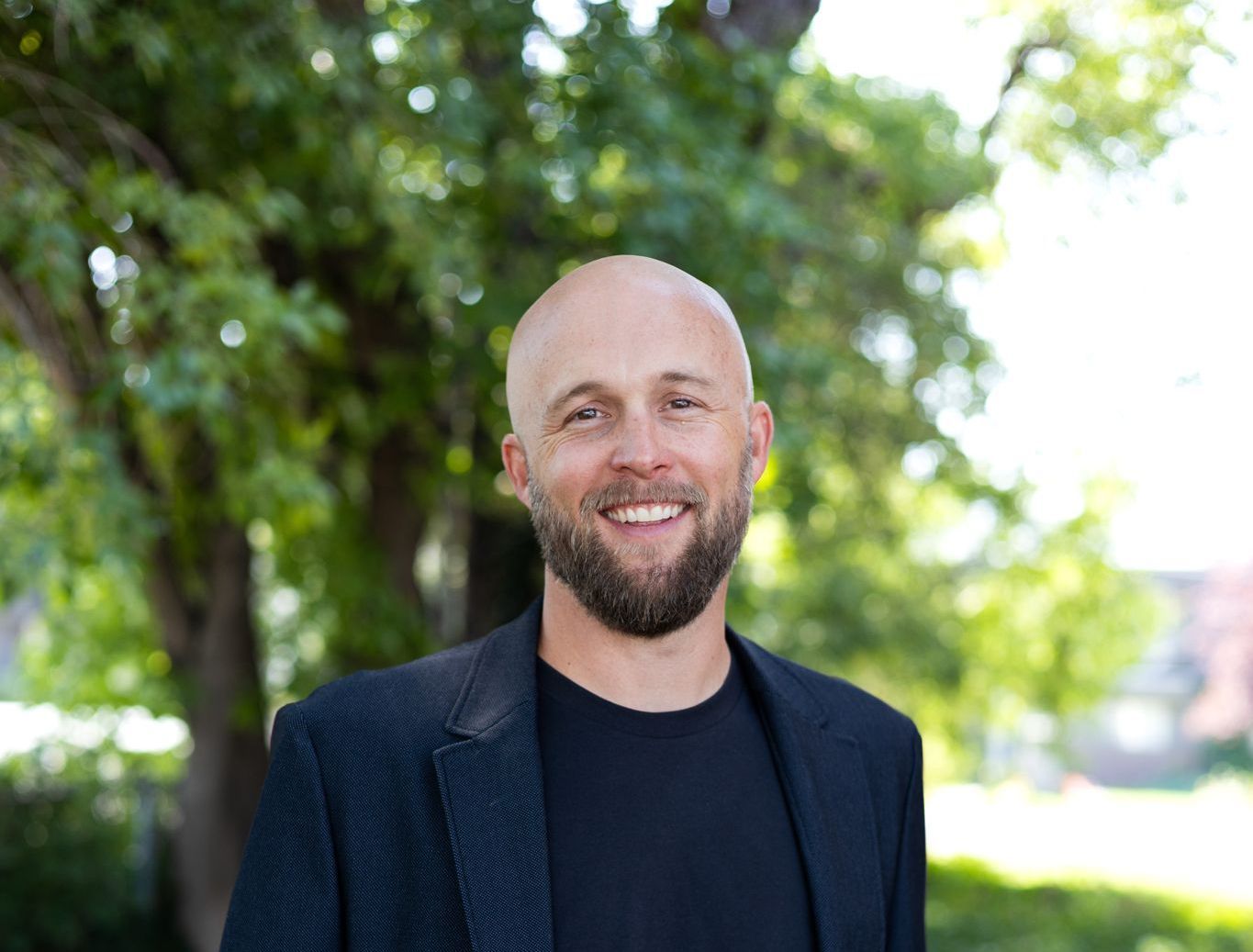
Croxford Carrying on
Legacy of Archiplex Group
“It’s kind of been a banner year for me,” said Preston Croxford when asked to sum up 2022 thus far. He was referring primarily to hitting the magic 40-years-old mark on April 23, and then a week later assuming the role of leader for now Bountiful-based Archiplex Group. He took over the reins of the nearly 19-year-old firm from company founder Ralph Stanislaw, who moved into a part-time role as a consultant.
He also admitted to being more than a little bit out of his comfort zone as he leads an eight-person architectural firm into 2023 as its lone licensed architect.
“It’s terrifying,” he laughed. “I’m really trying to learn on the fly, as it were. Ralph was a good mentor in terms of the architectural piece of it, so I feel confident in that. But he never really let me peek behind the curtain on how to run the business, so he’s been clueing me in on some things.”
Croxford was born in Kansas City, but his parents—Utah natives—moved back to the Beehive State when he was six months old, after his father finished a three-year residency as an anesthesiologist at a KC hospital.
He grew up in Layton, attended Davis High and graduated in 2000, but wasn’t enamored with his experience in high school and didn’t know what he was going to do for work. He started dating his wife, Breck, after high school, and they tied the knot in 2002, prompting Croxford to get serious about figuring out a career.
“I didn’t want to go to college and floated around a couple of years. Like a lot of guys, we don’t [consider] the long game, we just play in the moment,” he said. “It takes somebody behind us to kick you in the butt, knock some sense into you. Thankfully my wife did that.”
He told Breck he wanted to be an architect despite being intimidated by the amount of schooling it required. He had taken drafting courses and worked in construction during high school, but said “it was evident I wasn’t cut out for the construction life. I was always into art, so architecture made total sense. Once I made a decision, it was a clear path.”
Croxford attended Salt Lake Community College and the University of Utah, ultimately earning a Master of Architecture from the U’s School of Architecture in 2009. He was hired by Stanislaw on a part-time basis in college, which turned into a full-time gig even though Utah was in the midst of the Great Recession.
“He offered me a job, and I kept showing up,” said Croxford. “Other people came and went, so I was the obvious choice to be the heir because I stuck around long enough.”
He credits Stanislaw for his calm demeanor, his genuine passion for architecture, and his desire to put forth maximum effort in his designs. Croxford said that, while the firm has always been relatively small and doesn’t necessarily get to design the sexiest, highest profile projects, Stanislaw had a knack for pouring his soul into a project regardless of what it was.
“Ralph’s a patient guy—he never seemed stressed out, never raised his voice, never got upset. He’s just level-headed,” he said. “He’s not a cheerleader type of guy, and that fits my personality. He’s not the guy to pat you on the back all the time, but I knew that he appreciated what I did because he gave me so many opportunities to learn and valued what I brought to the table.”
He added, “what I continue to love about Ralph is he gives every project equal value. Even the simplest, most utilitarian project, you would think it’s the most high-profile, important project we have in the office” with the way he approached it. “He passed that trait to me.”
He gave an example of a recently designed Port of Entry project, essentially a weigh station for diesel trucks. “It’s not a glamorous project, but it’s a necessary piece of the built environment. I take pride in the fact that we’re doing projects like that. They are essential for the function of the community.”
Stanislaw, 68, said he knew a long time ago that Croxford had the chops for carrying on the legacy of Archiplex Group.
“He’s got an innate curiosity—you can’t teach that—so he’s always looking at things he reads or discovers and shares those with me,” said Stanislaw. “He’s got a lot of creative energy, and he’s a people person and gets along with everyone.”
Beyond being a “terrific person,” Stanislaw said Croxford is also an excellent architect who will no doubt learn the business side of architecture in time. “He’s certainly got the intelligence to pick that up. Certain people have an interest in learning things—he’s got that. That’s important in architecture because it’s always a developing art. It’s evolving all the time. An important part to being a good architect is having that interest.”
Besides Croxford, Archiplex Group includes a business manager, three part-time drafters, an architect who is tracking for licensure, and his “right-hand man,” Rob Childs, a veteran architect with 30+ years of experience who is his main go-to guy for advice, particularly with code-related questions.
Croxford has also enjoyed the diverse projects that Archiplex Group has designed in its history. He takes extreme pride in two projects the firm designed for the Associated General Contractors of Utah—its $3.7-million, 9,000-SF corporate headquarters in West Valley City (opened November 2009), and its new $5-million, 16,000-SF training center (opened November 2021).
Ryan Cathey, 40
President
Talisman Civil Consultants

Civil Leader, Civil Talisman
There was always an expectation for Ryan Cathey to enter the world of architecture, engineering, and construction, even if the end result is different from the trajectory he was on after graduating from high school.
“I left high school thinking I was going to be an architect, especially since my frontal lobe was fully developed,” he joked. He hails from Montana and considers himself a bit of a traitor for attending Montana State University in Bozeman even though he was born in Missoula, home of the University of Montana. After being accepted into architecture school at Montana State and interning at a local firm, “I hated every minute of it.”
But it was a good experience that has helped him move into his current role as President of Salt Lake-based Talisman Civil Consultants, the civil engineering firm he helped found in 2016.
“Looking back, I was probably at the wrong firm,” he said of his time in architecture. “And I’m not the artist I would need to be to succeed as an architect.” What stood out during that time was that “the people making all the decisions were engineers.”
After switching to civil engineering, he completed an internship with Nolte and Associates before earning a Bachelor of Civil Engineering from Montana State in 2006. Bachelor’s degree in hand, Cathey drove a Uhaul from Bozeman down south to the Beehive State, not to be hindered by a winter snow storm intent on making him reconsider, “January 2, 2007, I started my career,” he said of his professional return to Nolte and Associates.
Things initially looked good at the firm, but the forces of the Great Recession inevitably bore down, forcing massive layoffs that took the employee count from around 70 to 10 which coincided with a buyout and rebrand.
“It was like
Survivor,” he said. “People were getting voted off the island left and right.”
As one of the few who kept his job, he used his “opportunistic” nature to try and step up to lead. “I told them I wanted to lead the office, even if I didn’t have the experience,” he said. “But it became clear early on that goals didn’t match up.”
What wasn’t lining up was “culture, priorities, kind of work, purpose of work—all of the above,” said Cathey. He wanted something better, a company where they would invest in themselves, in technology, and in clientele to build an organization that embraced the future.
So he and some of his teammates from the previous firm left in December 2016 and formed Talisman Civil Consultants. With Cathey at the helm, the company has looked to be a leader in the civil engineering field and embrace that future with emerging technologies, a flexible work environment, and an enviable work culture.
The word “talisman,” Cathey said, means a closely held symbol. He referenced the Christian cross as one example, which symbolizes everything important and valued in the religion to those who wear it. Talisman is looking to have the same effect on the A/E/C industry and the civil engineering field.
The idea for the name partly came from Cathey’s time running a billiards hall in Bozeman.
“Talisman was a brand of pool cue tips that we used. […] It just stuck with me,” he said. "It was one of the best brands.”
He said that the word has been ever-present, a reminder to “be the talisman for civil engineering,” he said. Cathey wants the company to be a symbol of quality, teamwork, enrichment, integrity—the leader in the industry that exemplifies these traits.
“These ideals are used throughout my life to help me make decisions, provide direction, and provide leadership,” he said.
For Cathey, the last six years have been filled with excitement—both the good and stressful kind. He’s watched employees excel to new heights, he’s seen how mentorship has paid off, and he’s seeing the success of something he helped build.
“We have people who started as interns who earned their PE and are now running projects,” Cathey said. “It’s so cool to be a part of that growth.”
Even as founder and president, “I didn’t want it to be about me,” he said. Coming from his previous company as the only PE, he had to wear every hat and be the funnel that all work went through. “It’s the reason we are called Talisman and not Ryan Cathey Engineers.”
Regardless of the company name, he’s more worried about leading it. He remains passionate about helping his team move forward in their lives and empowering them to disengage from any stereotype about engineering—to embrace the genuine. “I hope my staff realize how much I care about them individually,” he said. “I foster an environment where people can say what’s real and be authentic.”
It is a driving force of Talisman company culture, he said, where people show up authentically, “where a balanced life comes above all, and the office is a place where kids, dogs, and extended family are welcome,” he said. That environment perfectly dovetails with challenging civil engineering projects and a search for the best solutions in civil engineering.
But that search for the best solutions in a culture of authenticity means egos need to be checked at the door. “The space to be wrong is so important in this industry. To throw out a suggestion and be wrong, to recognize that something needs changing,” Cathey said. “It’s critical.”
With 30 team members including seven professional engineers, Cathey has found that giving more people a piece of the responsibility pie, with room to expand their skills, allows them to excel. Work for the team is wrapped up in resort projects at Canyons, Powder Mountain, and Snowbasin, right of way and infrastructure projects at the University of Utah, housing at SLCC’s Taylorsville campus, and more.
Amidst all of this work, managing the growth is the big push for him over the next five years. “We need to [grow] in a way that preserves, engrains, and showcases our culture from day one,” he said. “We want to grow to keep up with our clients and provide new opportunities for our people.”
